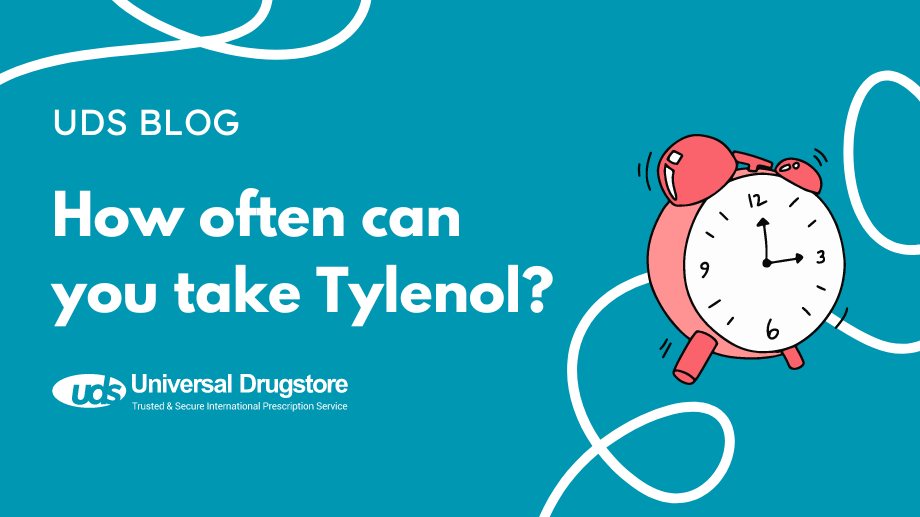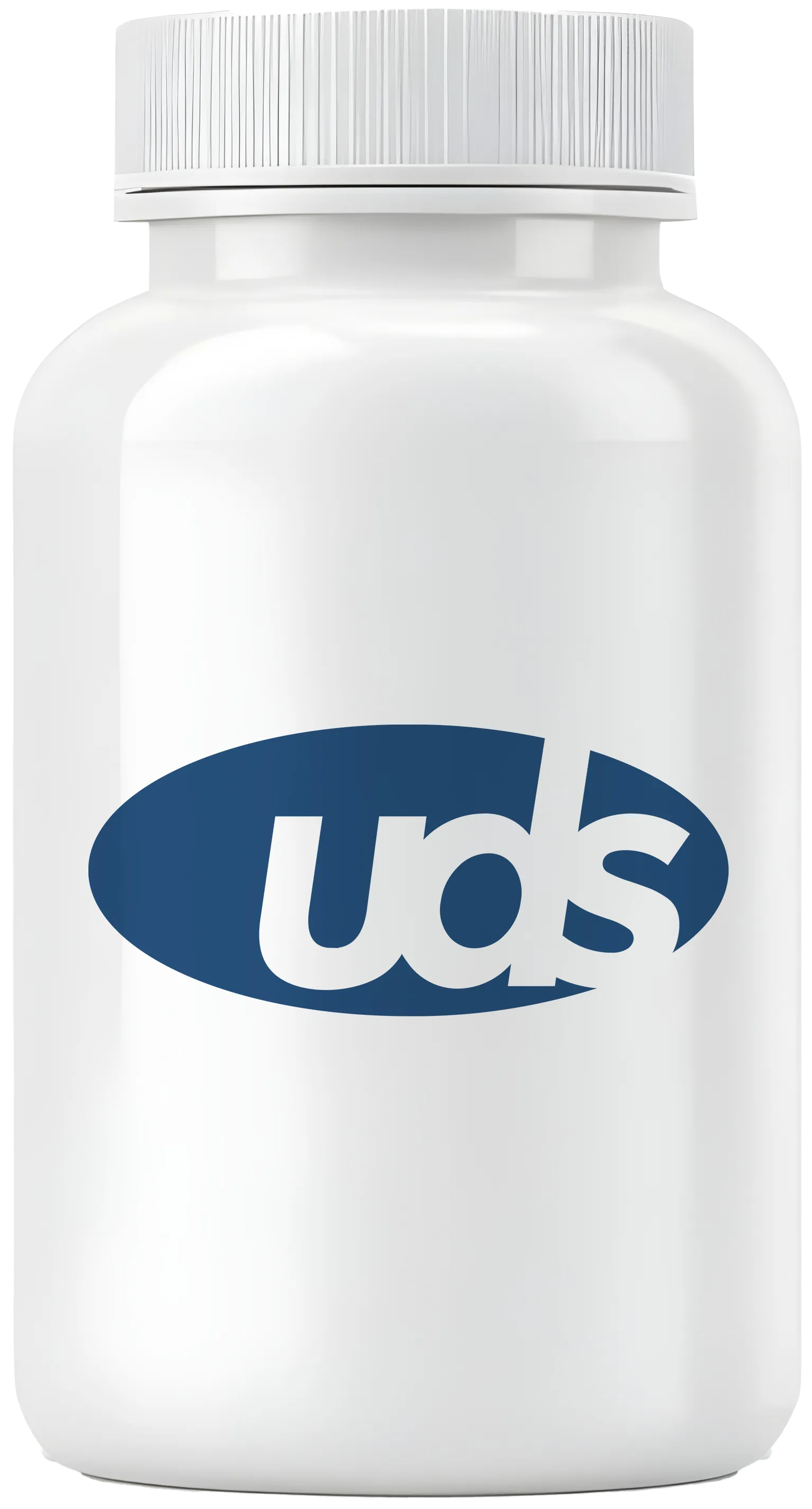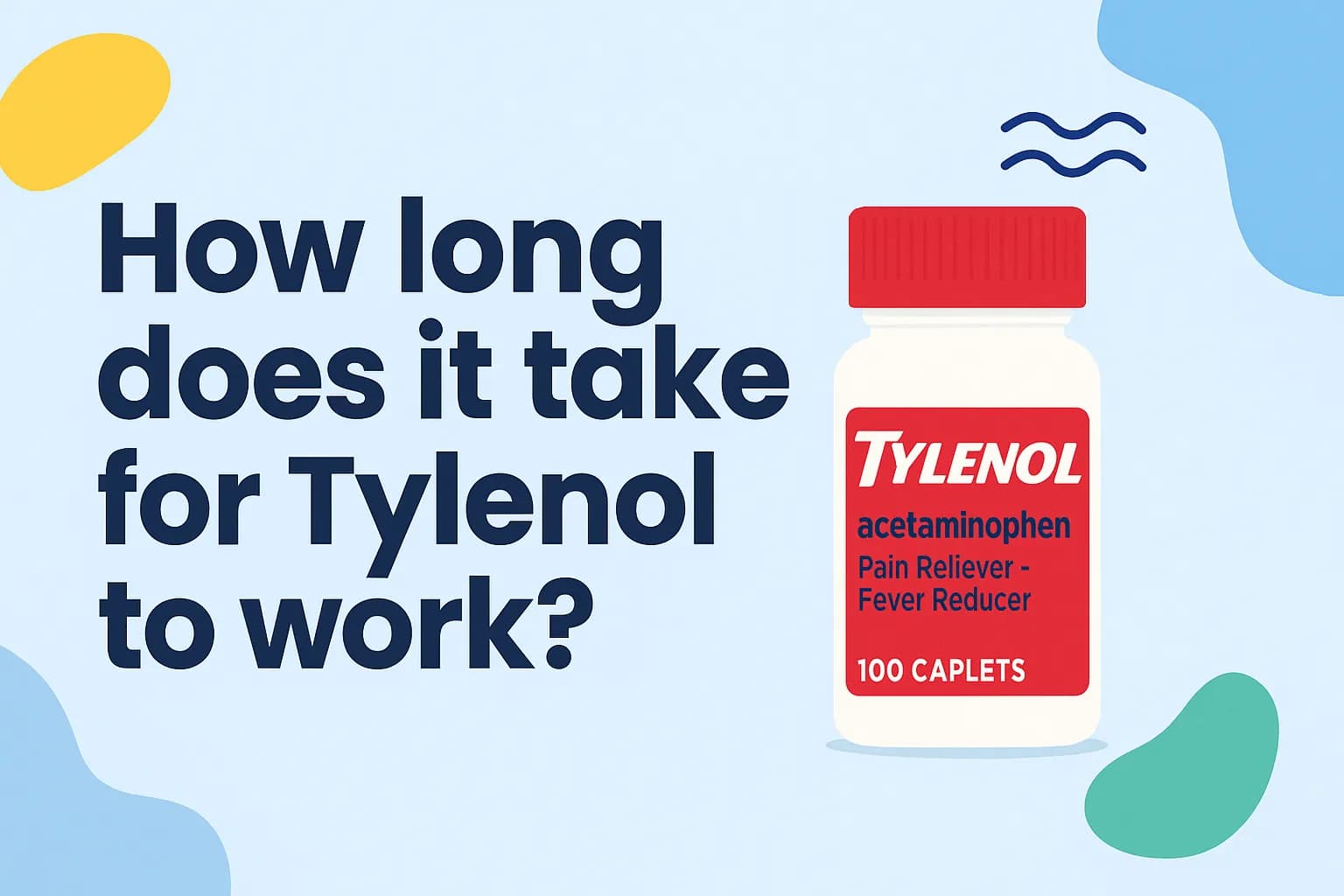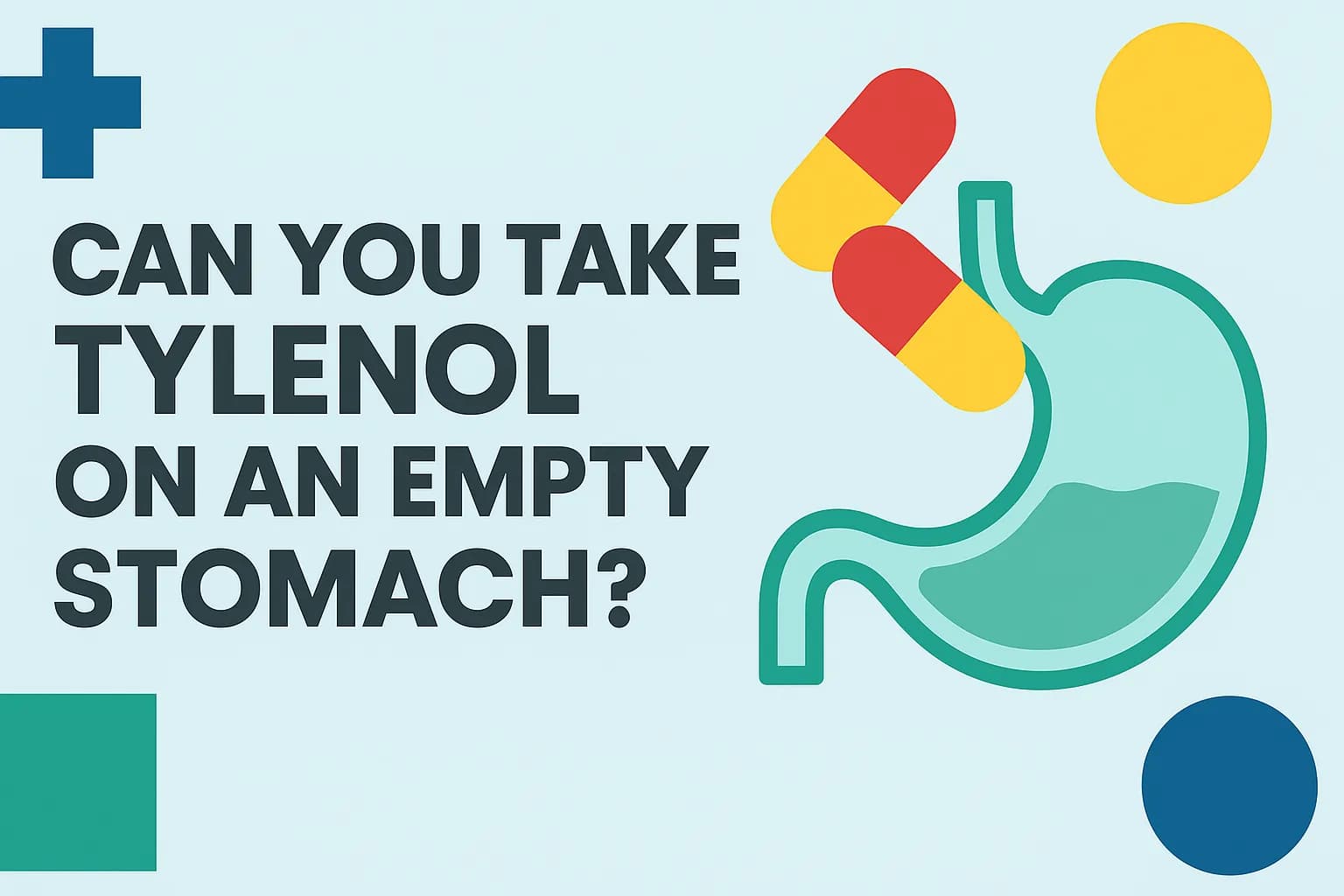How often can you take Tylenol?

If you have a headache or a fever, you may reach for Tylenol (acetaminophen). It is one of the most common over-the-counter pain relievers and fever reducers. Billions of doses are taken safely each year, but accidental overdoses still occur and thousands of people end up in the emergency room. More than 600 products contain acetaminophen, so always check labels to avoid taking multiple acetaminophen-containing products.
Knowing how often to take Tylenol and the maximum daily dose can help prevent overdose and liver damage. Dosing depends on your age and the formulation you use.
Recommended dosing for adults
- Regular strength tablets or liquid gels: every 4 to 6 hours as needed
- Extra strength tablets or caplets: every 6 hours as needed
- Extended‑release (8‑hour) tablets: three times per day (every 8 hours)
- Liquid formulation: every 4 hours while symptoms last, up to five doses (100 mL) in 24 hours unless directed otherwise
Do not exceed 4,000 mg of acetaminophen per day. Some experts recommend a lower maximum of 3,000 mg per day for chronic use.
What is Tylenol used for?
The active ingredient in Tylenol is acetaminophen (APAP). It is used to relieve:
- Headaches
- Backaches
- Sore throat and toothaches
- Arthritis pain and muscle aches
- Premenstrual and menstrual cramps
- Temporary reduction of fever
How does Tylenol work?
The exact mechanism is not fully understood, but acetaminophen is thought to alter pain perception in the brain and help reduce body temperature by acting on the heat-regulating center.
Possible side effects
Side effects are uncommon. Some people may experience:
- Nausea
- Headache
Serious side effects that require immediate medical attention include:
- Allergic reaction: rash, hives, swelling of face, tongue, or lips, trouble breathing
- Liver damage: signs include dark urine, tiredness, upset stomach, stomach pain, yellowing of skin or eyes
Excessive acetaminophen can cause life‑threatening liver failure. Adults should not exceed 4,000 mg per day; some individuals may need a lower limit. Children’s dosing should be determined by a healthcare provider.
Shop Medications
Avoid or limit alcohol while taking Tylenol to reduce liver risk.
Drug interactions
Tylenol may interact with:
- Warfarin (increased bleeding risk)
- Alcohol (increased liver risk)
- Other acetaminophen-containing products (risk of overdose)
When not to take Tylenol
Do not take Tylenol if you are allergic to acetaminophen or any inactive ingredients, or if you have severe liver disease.
What to tell your healthcare provider
Before taking Tylenol, inform your provider if you:
- Have liver disease
- Drink three or more alcoholic beverages per day
- Have phenylketonuria (some formulations contain aspartame)
- Are pregnant or planning pregnancy
- Are breastfeeding or plan to breastfeed
How to alternate Tylenol and ibuprofen
If extra relief is needed, you can alternate Tylenol with an NSAID like ibuprofen. Take them 2 to 4 hours apart. For example, Tylenol at 8:00 am, ibuprofen at 10:00 am, then continue alternating without exceeding each drug’s maximum daily dose.
Maximum daily dose for adults
The standard maximum is 4,000 mg per day. If you have liver disease, poor nutrition, or consume more than three alcoholic drinks per day, your provider may recommend a lower limit or avoidance of acetaminophen.
Related medications
- Tylenol Extra Strength (acetaminophen)
- Tylenol Arthritis (acetaminophen)
- Aleve (naproxen sodium)
- Advil or Motrin (ibuprofen)
Sources
- Acetaminophen. StatPearls Publishing. Accessed Aug. 13, 2024.
- Tylenol Regular Strength – acetaminophen tablet. DailyMed. Accessed Aug. 13, 2024.
- Acetaminophen (OTC). Medscape. Accessed Aug. 13, 2024.
- What is Acetaminophen? Johnson & Johnson Consumer Inc. Accessed Aug. 13, 2024.








